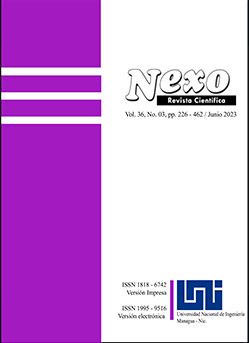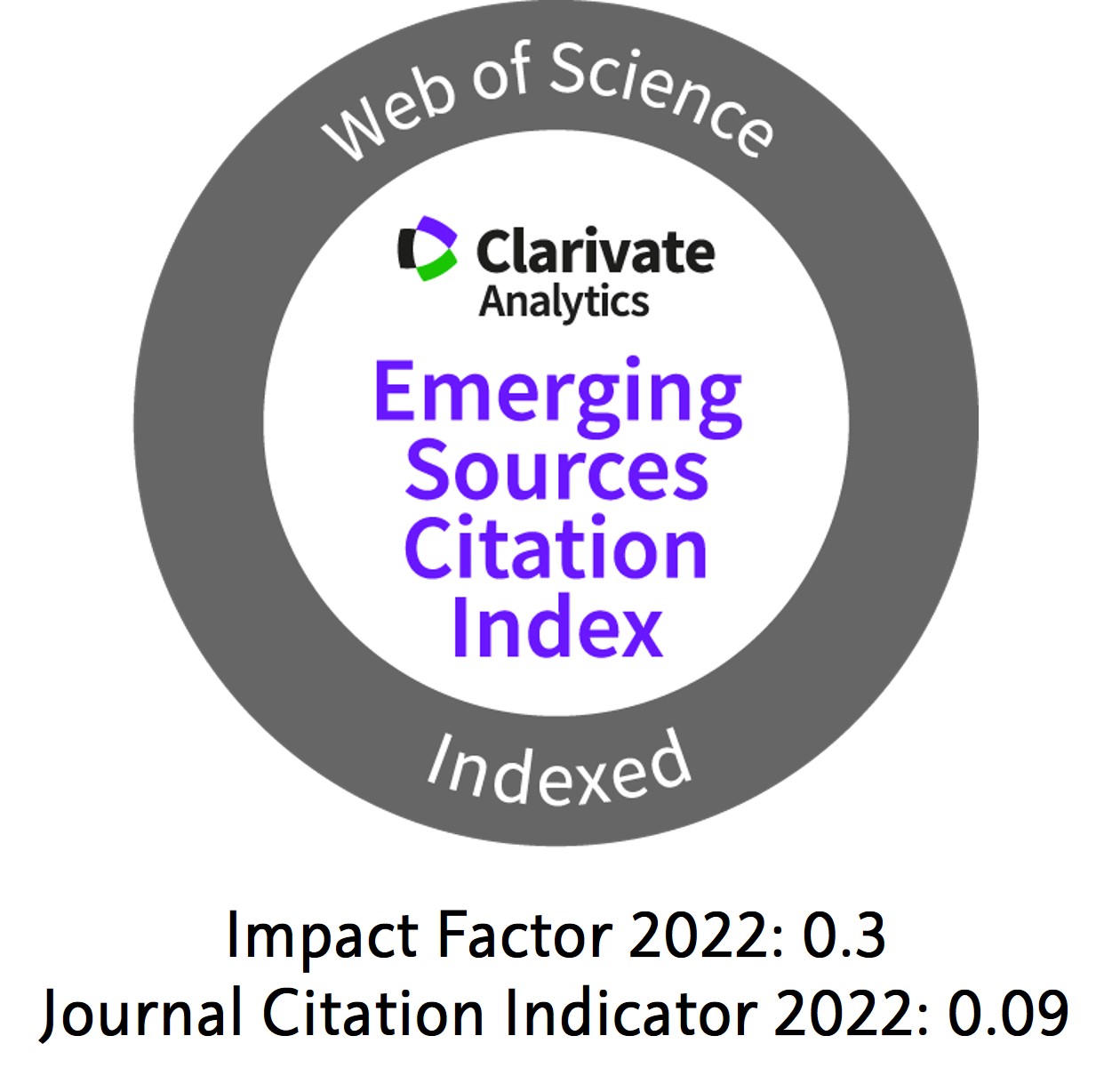Análisis del proceso agroindustrial y valoración energética de la palma africana (Elaeis Guineensis Jacq) en Honduras
DOI:
https://doi.org/10.5377/nexo.v36i03.16466Palabras clave:
Palma Africana, balance de materia, energía primaria, biocombustible, emisionesResumen
Se desarrolló el análisis del proceso de la Palma Africana (Elaeis Guineensis) en Honduras, elaborándose la descripción del proceso, y construcción del balance de materia en cada una de sus etapas, en Honduras hay 190000 Ha de palma sembrada, siendo el segundo cultivo principal del país después del café. En el proceso el producto se recibe, pasa a la etapa de la esterilización de racimos de fruta fresca, luego los raquis es desfrutado, y los sólidos se separan de los líquidos de la parte del racimo de la palma, luego pasa a clarificación donde se separan los líquidos inmiscibles y los residuos que queden en el aceite a este proceso entra solo la parte liquida del proceso anterior con un valor determinado, para obtener el aceite listo para su refinado, después se pasa al desfibrado, aquí se toma la parte solida del proceso de extracción y sale un producto utilizable para el siguiente proceso, donde obtienen los subproductos de fibra y almendra, después pasa al proceso de recuperación de la almendra conformado por subproductos de evaporación y cascara; en el proceso de refinado el aceite cambia al color amarillo pálido al color amarillo, que posteriormente se pasa al filtrado consiste en la descarga mecánica de la tierra utilizada en el blanqueo y la máxima recuperación del aceite. En el desodorizado sales los ácidos grasos, que finalmente sigue la fase de fraccionamiento donde de alimentan con antioxidante para obtener aceite RBD. De este cultivo se puede obtener como energía primaria 83655.94 MJ/ha-año., de los cuatro principales subproductos, energía equivalente anual a 4.41TEP, y 13.62 Ton CO2 eq, y 31.75 BEP; el proceso de obtención de aceite de palma africana produce gran cantidad de biomasa, los cuales deben ser aprovechados biocombustibles, ya que representan una buena fuente de energía limpia.
Descargas
Descargas
Publicado
Cómo citar
Número
Sección
Licencia
Derechos de autor 2023 Universidad Nacional de Ingeniería

Esta obra está bajo una licencia internacional Creative Commons Atribución 4.0.
Los autores que publican en Nexo Revista Científica están de acuerdo con los siguientes términos:
- Los autores conservan los derechos de autor y conceden a la revista el derecho de la primera publicación bajo la licencia Creative Commons Attribution License https://creativecommons.org/licenses/by/3.0/, que permite a otros compartir el trabajo con un reconocimiento a la autoría de la obra y a la publicación inicial en Nexo Revista Científica.
- Los autores pueden establecer por separado acuerdos adicionales para la distribución no exclusiva de la versión de la obra publicada en la revista (por ejemplo, en un repositorio institucional o en un libro) con el reconocimiento de su publicación inicial en Nexo Revista Científica.
- Se permite y se anima a los autores a difundir sus trabajos electrónicamente (por ejemplo, en repositorios institucionales o en su propio sitio web) antes y durante el proceso de envío, ya que puede dar lugar a intercambios productivos, así como a una citación más temprana y mayor de los trabajos publicados.











